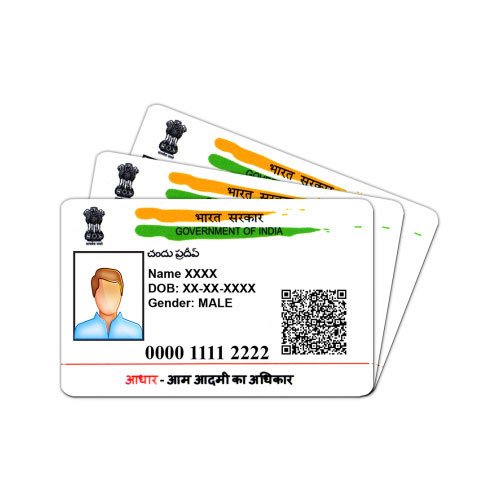Aadhaar, the unique identification number issued by the Indian government, has become an essential document for residents of India. It serves as proof of identity and is required for various purposes, such as opening bank accounts, availing government subsidies, and filing income tax returns. With the increasing importance of Aadhaar, it is crucial to ensure the safety and security of your Aadhaar information.
1. Protect Your Aadhaar Number
The first step in keeping your Aadhaar safe is to protect your Aadhaar number. Avoid sharing your Aadhaar number unnecessarily and be cautious while providing it to anyone. It is advisable not to display your Aadhaar number on social media platforms or other public forums.
2. Safeguard Your Aadhaar Card
Keep your physical Aadhaar card in a safe and secure place. Treat it like any other important document, such as a passport or a driving license. Avoid carrying your Aadhaar card with you unless necessary, and never leave it unattended.
3. Be Wary of Unauthorized Requests
Be cautious of unsolicited calls, messages, or emails asking for your Aadhaar details. Government agencies and authorized entities will never ask you to share your Aadhaar number or other personal information over the phone or through email. Do not respond to such requests and report them to the appropriate authorities.
4. Verify Authentication Requests
Before providing your Aadhaar information for any authentication requests, ensure that the entity requesting it is authorized to do so. Verify the authenticity of the organization or individual before sharing any sensitive information.
5. Use Official Channels for Updates
If you need to update any information on your Aadhaar card, use the official channels provided by the Unique Identification Authority of India (UIDAI). Avoid relying on third-party agents or unauthorized websites for such updates, as they may misuse your personal information.
6. Secure Your Digital Aadhaar
If you have a digital copy of your Aadhaar, ensure that it is stored securely on your device. Use strong passwords to protect your Aadhaar PDF or e-Aadhaar file. Avoid saving it in easily accessible locations or sharing it with unauthorized individuals.
7. Regularly Check Aadhaar Authentication History
Monitor your Aadhaar authentication history regularly. The UIDAI provides an online facility to check the history of Aadhaar authentication requests made using your Aadhaar number. This will help you identify any unauthorized activity and take appropriate action.
8. Report Lost or Stolen Aadhaar
If you lose your Aadhaar card or suspect it has been stolen, report the incident immediately to the UIDAI. They will help you block your Aadhaar and issue a new one. Prompt reporting will minimize the risk of misuse of your Aadhaar information.
9. Be Aware of Privacy Settings
Understand and utilize the privacy settings provided by UIDAI. You can choose to limit the sharing of your Aadhaar information for specific purposes. Familiarize yourself with these settings and adjust them according to your preferences.
10. Stay Informed
Stay updated with the latest information and guidelines related to Aadhaar safety. Visit the official UIDAI website or subscribe to their notifications to receive important updates directly. Being aware of the latest developments will help you make informed decisions and protect your Aadhaar information.
Remember, safeguarding your Aadhaar information is crucial to prevent any misuse or identity theft. By following these safety tips, you can ensure the security of your Aadhaar and enjoy the benefits it provides without any concerns.


